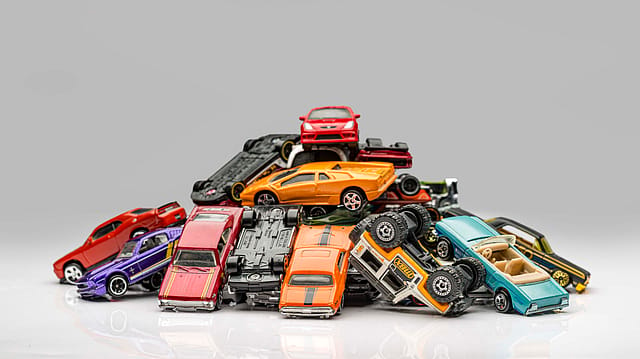Auto sales drop 6% in FY22 amid chip shortage
ADVERTISEMENT

India's auto industry witnessed a 6% decline in sales in the financial year 2021-22 due to supply-side challenges, according to data released by the Society of Indian Automobile Manufacturers on Wednesday.
The passenger vehicle segment -- which includes cars, utility vehicles and vans -- saw a 3.93% fall in sales to 2,79,501 units in March 2022, the auto industry body said. Passenger vehicle dispatches from factories to dealerships in March 2021 stood at 2,90,939 units.
"Overall Industry witnessed a de-growth of (-) 6% in FY22. All segments are facing supply side challenges and the industry is yet to see complete recovery following the disruptions it has been facing since early 2020. Passenger Vehicles, Commercial Vehicles and three-wheelers have witnessed a growth compared to a low base of the industry in 2020-21, but the two-wheeler segments further declined by (-) 11% from the previous year," said Rajesh Menon, director general at SIAM.
Two-wheeler sales plunged 21% to 11,84,210 units last month as compared with 14,96,806 vehicles in March 2021. Motorcycle sales declined 21% to 7,86,479 units as against 9,93,996 units in March 2021. Scooter sales were also down 21% to 3,60,082 units from 4,58,122 vehicles a year ago.
January 2026
Netflix, which has been in India for a decade, has successfully struck a balance between high-class premium content and pricing that attracts a range of customers. Find out how the U.S. streaming giant evolved in India, plus an exclusive interview with CEO Ted Sarandos. Also read about the Best Investments for 2026, and how rising growth and easing inflation will come in handy for finance minister Nirmala Sitharaman as she prepares Budget 2026.
"Despite some recovery from a low base, sales of all four segments of the auto industry are below even the 2018-19 level. While some segments like Commercial Vehicles and SUVs are seeing improvement in demand, the mass segments like two-wheelers and smaller cars are facing serious affordability issues. Of course, our immediate challenge in most segments is semiconductor availability," said Kenichi Ayukawa, president, SIAM.
“We are happy to share that all four segments of the industry have increased their exports. In fact, two-wheelers achieved their highest ever exports. It is good to see that Indian products are becoming more acceptable worldwide for their quality, cost and performance,” he said, adding that the year gone by was full of unforeseen challenges and new learning for the industry. “Indian auto industry has worked hard against these challenges to keep the value chain running, to indigenize parts, control cost, invest in new technologies, and enhance exports. The government also came out with targeted support like PLI schemes, FAME scheme extension etc.”
The Indian auto industry continues to face challenges owing to the ongoing Russia-Ukraine war and China lockdown.
Passenger vehicles continue to see high demand and long waiting periods as semiconductor availability still remains a challenge even though supplies slightly improved from previous month, Fortune India reported earlier this month.
